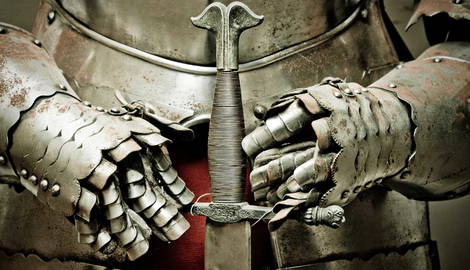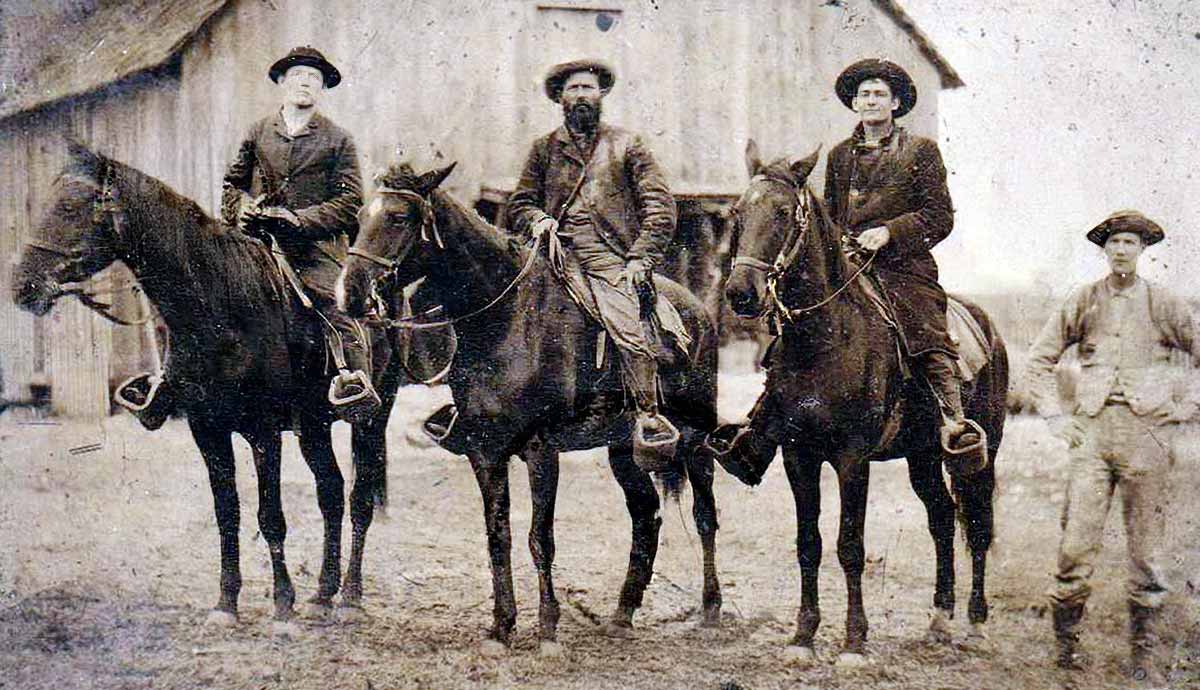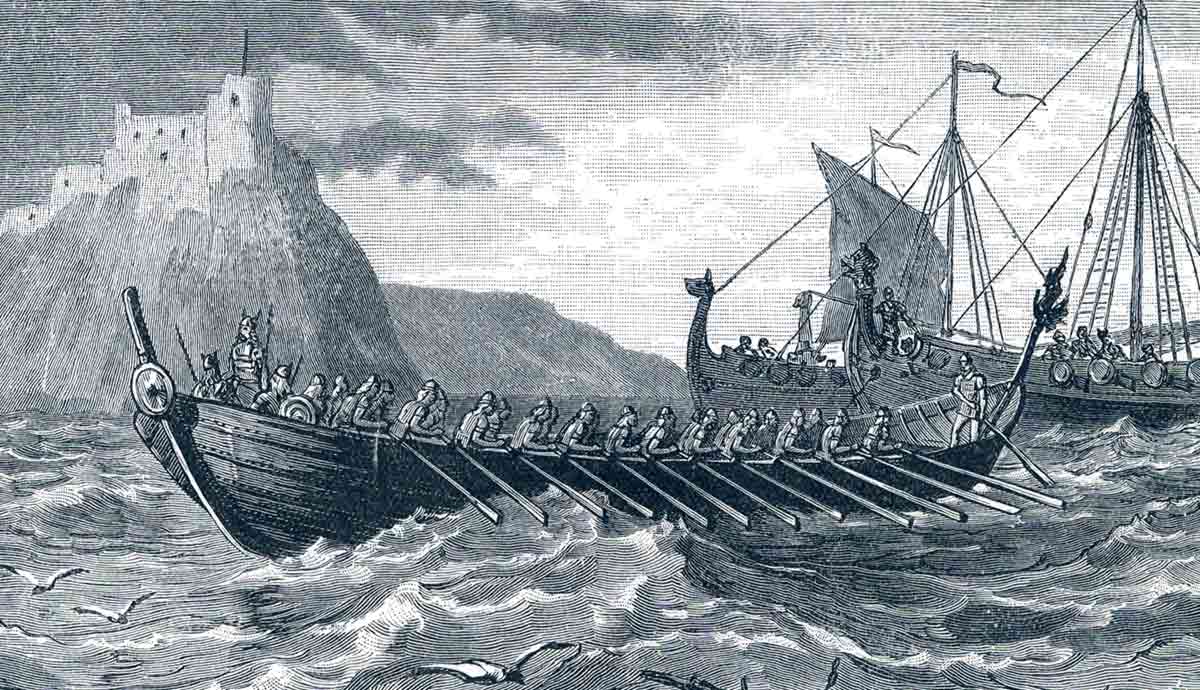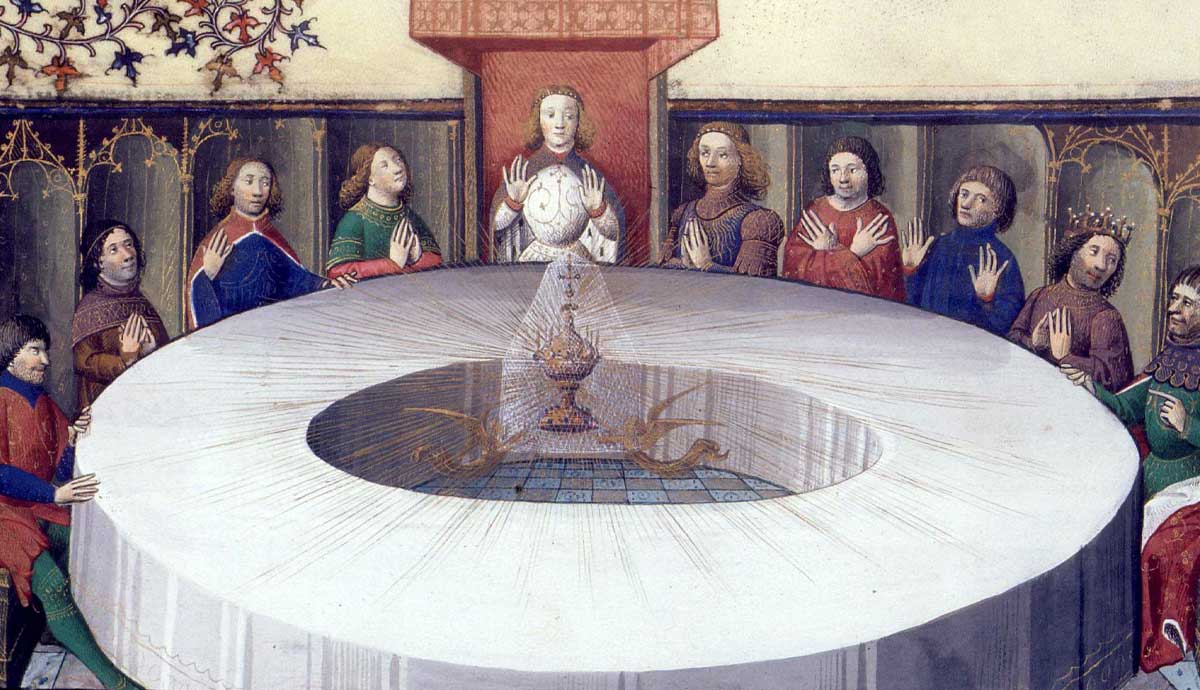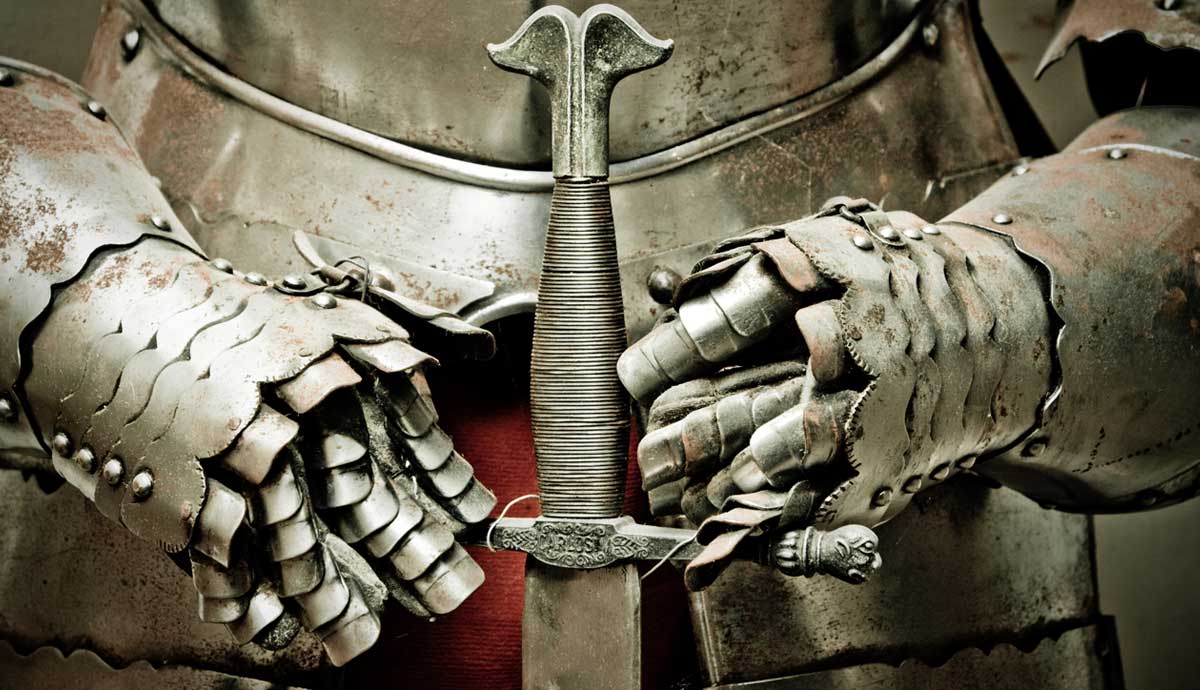
Some major battles of the medieval period became world-shaking events for their time. Two, like the Battles of Hastings, or Crécy, later showed how each altered the status quo. The other three (Tours, Ain Jalut, and Constantinople) represented a complete checkmate for one side, causing a change of history.
The True End of Imperial Rome: The Fall of Constantinople (1453)

The collapse of Imperial Rome in 476 saw the beginning of the medieval era. Yet the Byzantine Empire carried Rome’s imperial pedigree until the Fall of Constantinople in 1453. By 1453, the Byzantines only represented a shadow of their former imperial glory, with the capital being the sole remaining jewel. By April 1453, the Ottomans arrived with nearly 100,000 troops. They invested the city by sea and land.
The Byzantines, led by Emperor Constantine XI, numbered less than 10,000. The siege lasted until May 29, 1453. The Ottomans, using wave attacks and giant cannonades, breached Constantinople’s famed Theodosian Walls. Upon sacking the city, the Ottomans declared Constantinople their capital city.
And with that, a millennium of Rome’s legacy and Byzantine history ended. For the Western world, the seizure of Constantinople meant the end of the medieval era. Attention would soon shift to the New World, moving away from the Mediterranean.
The Beginning of the End: The Battle of Crécy (1468)

There’s no doubt that the armored knight ruled the medieval battlefield. The first (and greatest) shock would come at the Battle of Crécy. In July 1346, Edward III’s slash-and-burn raid of the French countryside took a different turn from expectations. England’s Flemish ally failed to show up, so the English retreated, pursued by a larger French army.

hEdward III chose the village of Crécy, near Caen in Normandy, on August 26, 1346. Positioning his army on higher ground, he placed his longbowmen on the wings; his men-at-arms occupied the center. The French army, under King Philip VI, arrived in the late afternoon and moved in.
In successive but disorganized waves, first Genoese crossbowmen and then French knights and infantry attacked. Charging up the muddy hill, each wave got blasted by withering arrow volleys. For the first time, the French knights met a disciplined unit of archers. Well trained with a rate of 6 to 12 arrows per minute, they rained death. Slowed by mud, arrows inevitably found weak spots or gaps like visors in the armor. English infantry swarmed, finishing off any wounded knights.
This battle marked the end of the knights’ dominance. Now discipline, tactics, and firepower prevailed over these armored fighters.
Stopping the Unstoppable: The Battle of Ain Jalut (1260)

One notable fact is how far the Mongols penetrated into the Middle East. In 1260, their army, after sacking Baghdad and Damascus, came south. At the Battle of Ain Jalut, the Mongols met their match in Egypt’s Mamluks, the tough slave warriors.
On September 3, 1260, both sides clashed in a valley. Under the Mamluk leader Sultan Qutuz, the Mamluks feigned a retreat, using a common Mongol tactic. The Mongols followed, anticipating an easy victory. With cries of “O Islam,” the Mamluk heavy cavalry and infantry swarmed the Mongols’ flanks, crushing the horse lords.
Ain Jalut ended the Mongol expansion in the Middle East. Besides saving Islam, the Mamluks inflicted the Mongols’ first critical defeat.
England Forever Changed: The 1066 Battle of Hastings

The 1066 Battle of Hastings on October 14 changed England forever. Duke William of Normandy crossed the English Channel to enforce his claim to England’s throne. Met by King Harold’s Saxon army at Hastings, the Normans’ mixed force of knights, infantry, and bowmen wore down an exhausted English army. Unknown to William, the English had only days before defeated a Viking invasion further north.
As the day ended, victory came swiftly. According to legend, an arrow in the eye killed King Harold, and the Saxons collapsed. The Norman Conquest changed England like never before by introducing feudalism, creating a central monarchy, and laying the basis for modern English.
An Expansion Stopped Cold: The Battle of Tours

The summer of 732 saw Islam’s reach into Europe soundly checked at the Battle of Tours. A Muslim Umayyad Caliphate army marched from Spain. These warriors sacked Bordeaux and defeated a Frankish army. In the north, the de facto ruler of the Franks, Charles, marched south after appeals with his army to Tours. Throughout the day, Frankish infantry held off the Umayyad cavalry. This changed when some Muslim troops broke off at the rumor of the Frank forces in their rear. Charles’ forces attacked, breaking apart their enemy and killing their leader.
The Muslims retreated south to Spain. For his victory, Charles received the title the Hammer, or Charles Martel. Like Ain Jalut, Tours kept Western Europe Christian at a time when Islam’s victory seemed inevitable.
